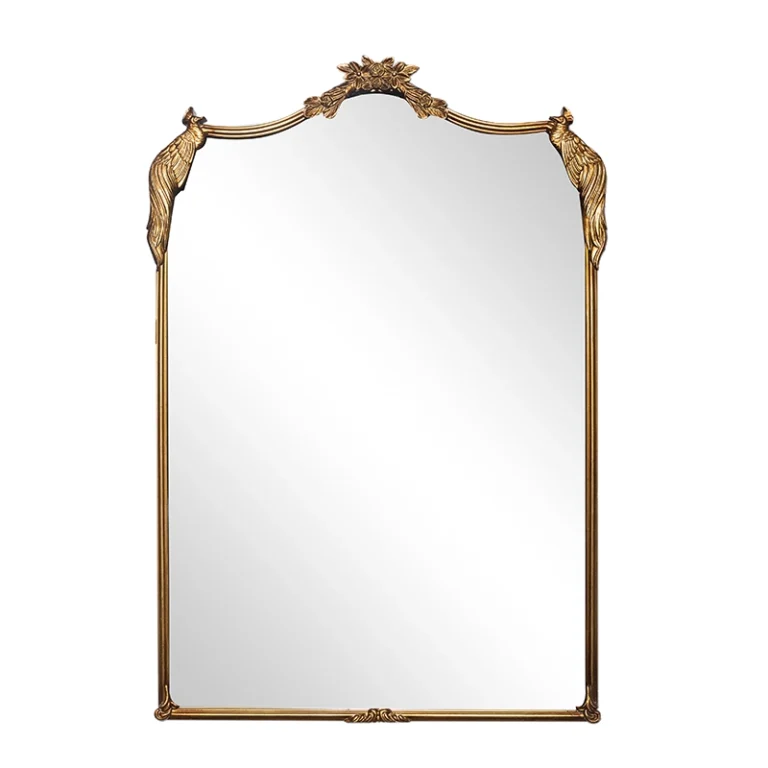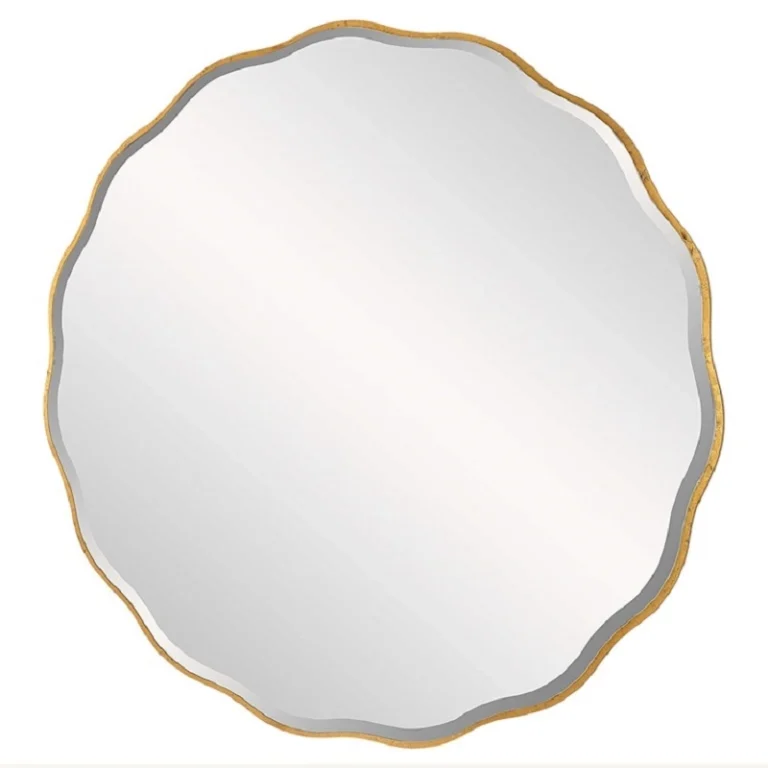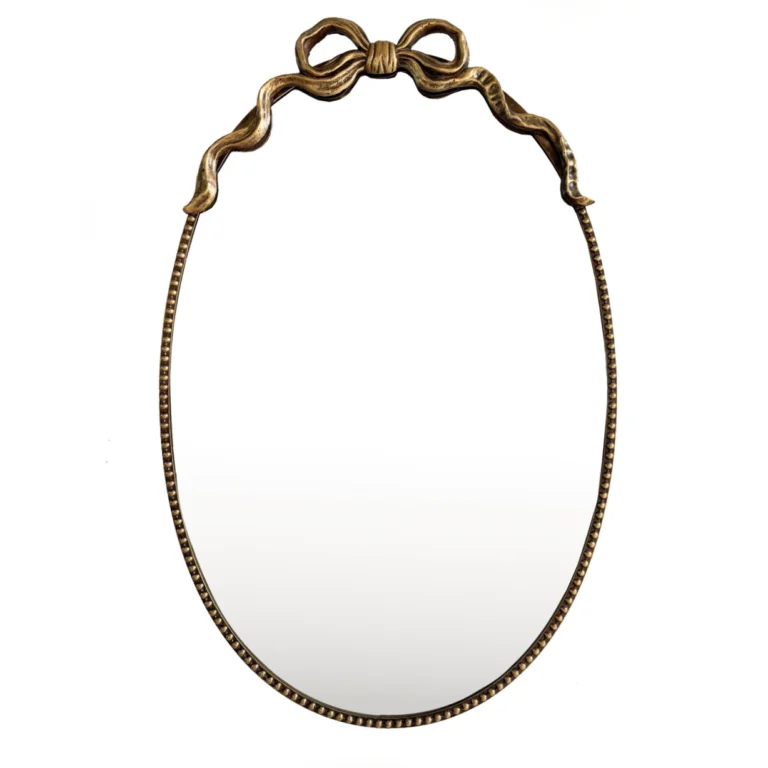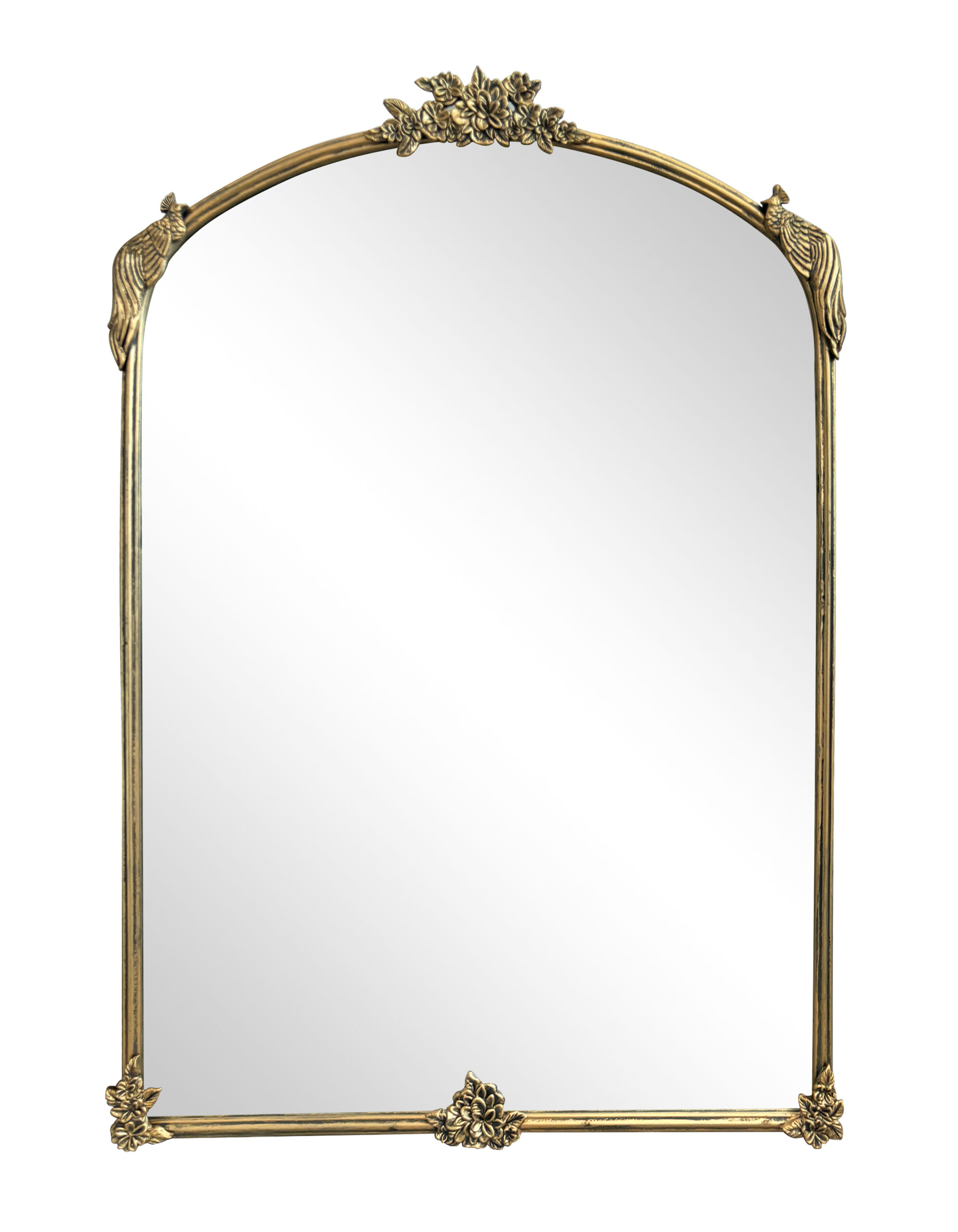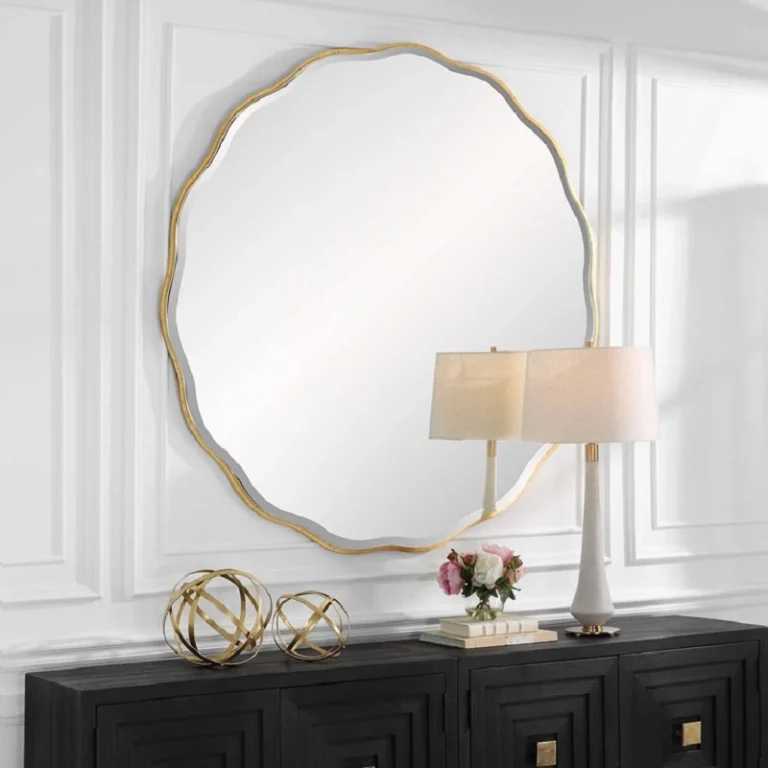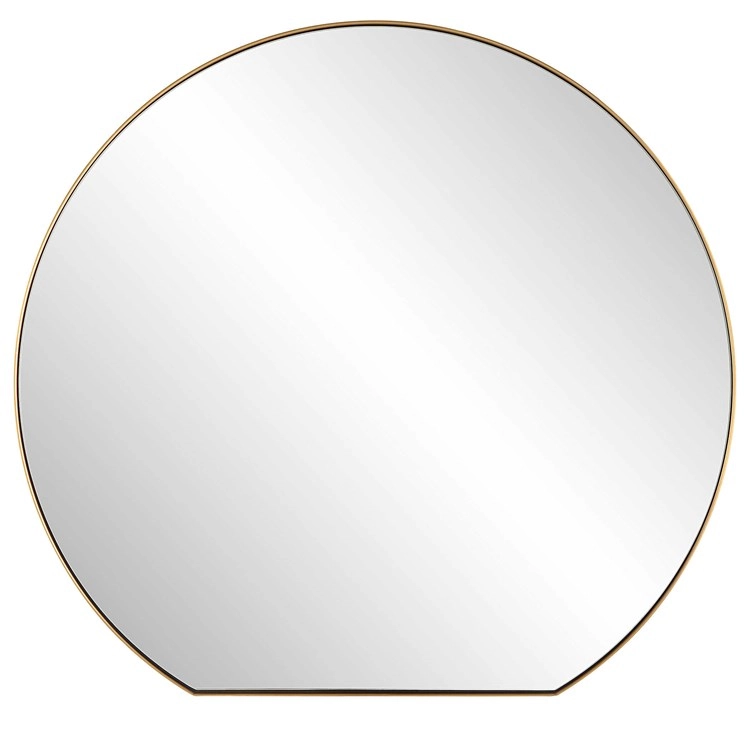Spring Renovation Mirrors Customization Plan
Custom Wall Mirror Installation
Preparation
Before customizing and installing a wall mirror, it is necessary to prepare the required tools and materials. Additionally, measure the intended location to determine the mirror’s dimensions and placement, taking into account factors such as poles and other decorative elements. Depending on the size and weight of the mirror, locate suitable wooden studs in the wall and secure them using an electric drill and screws.
Installation Steps
-
Mounting the Brackets:
-
Select an appropriate number of brackets to ensure even weight distribution.
-
Use an electric drill and screws to attach the brackets to the back of the mirror.
-
-
Hanging the Mirror:
-
First, secure the brackets to the wall.
-
Then, hang the mirror onto the brackets.
-
Check if the mirror is evenly suspended. If adjustments are needed, use rubber pads or wooden blocks for alignment.
-
-
Venting Air:
-
After hanging the mirror, perform an air-venting operation to remove any trapped air between the mirror and the brackets.
-
This ensures the mirror remains balanced and stable.
-
Leveraging Technology for Customized Interaction
Designing a User-Customized Interactive Tool
In the era of big data, cloud computing, and artificial intelligence, developing an interactive tool that adapts to user habits, preferences, and specific needs can significantly enhance the user experience. For the Spring Renovation Mirrors Customization Plan, such a tool can collect and analyze user requirements and expectations for mirror customization.
Implementation Steps
-
Requirement Analysis & Research:
-
Conduct surveys, in-depth interviews, and data analysis to gather user needs and expectations.
-
Research and analyze similar mirror products on the market to identify their strengths and weaknesses.
-
-
System Design:
-
Based on the analysis, design the tool’s architecture and functional modules.
-
Prioritize a user-friendly interface for ease of use.
-
-
Development & Implementation:
-
Use programming languages like Java and frameworks such as Spring Boot and MyBatis for development.
-
Emphasize data security and privacy protection through encryption and access control.
-
Optimize algorithms and data structures to improve efficiency and responsiveness.
-
-
Testing & Optimization:
-
Conduct multiple rounds of testing during and after development.
-
Continuously refine the tool based on test results and user feedback.
-
-
User Feedback & Iteration:
-
Collect user opinions via surveys, online feedback, and community engagement.
-
Implement iterative updates and feature expansions to meet evolving user needs.
-
Integrating Modern Software Development Frameworks
Advantages of Spring Boot
The Spring Boot framework is ideal for building a mirror customization system due to its lightweight nature, quick startup, and strong integration capabilities. Its philosophy of “convention over configuration” minimizes setup efforts while incorporating industry-leading open-source frameworks.
Technical Framework Combination
-
MyBatis: Offers features like auto-mapping, dynamic SQL, cascading, caching, annotations, and separation of code and SQL, ensuring ease of use and optimized performance.
-
Spring MVC: Enables POJO-based controller development with MVC annotations, eliminating the need for interface implementation. It also supports RESTful URL requests.
This structured approach ensures a seamless and efficient customization and installation process for Spring Renovation Mirrors, combining practical installation steps with advanced technological integration.
Generally speaking, our order requirements are as follows: the minimum order quantity (MOQ) for large items is 50 pieces, for regular items it is 100 pieces, for small items it is 500 pieces, and for very small items (such as ceramic decorations) the MOQ is 1,000 pieces. Orders exceeding $100,000 will receive a 5% discount. The delivery timeline is determined based on the specific order quantity and production schedule. Typically, we are able to complete delivery within two months.
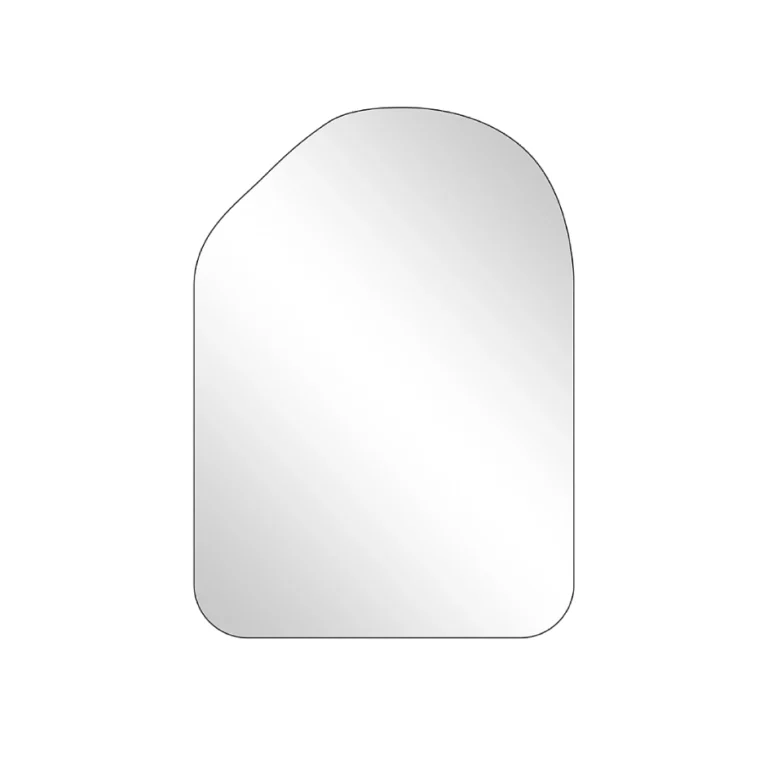
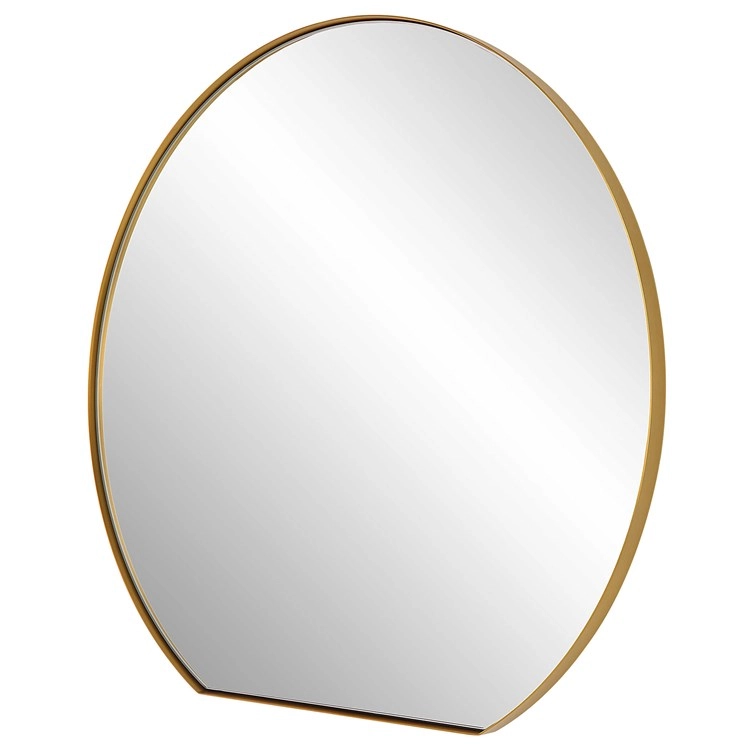
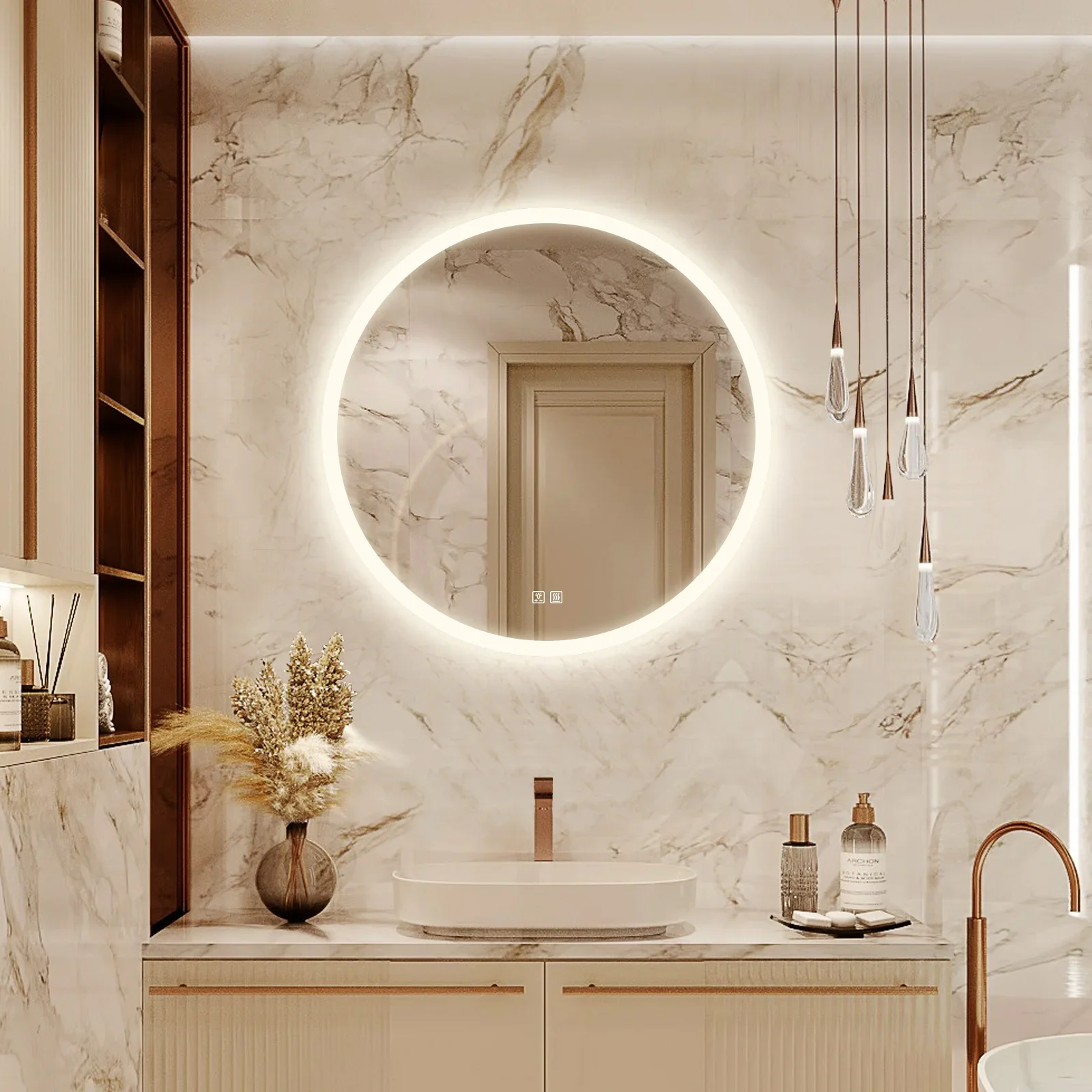
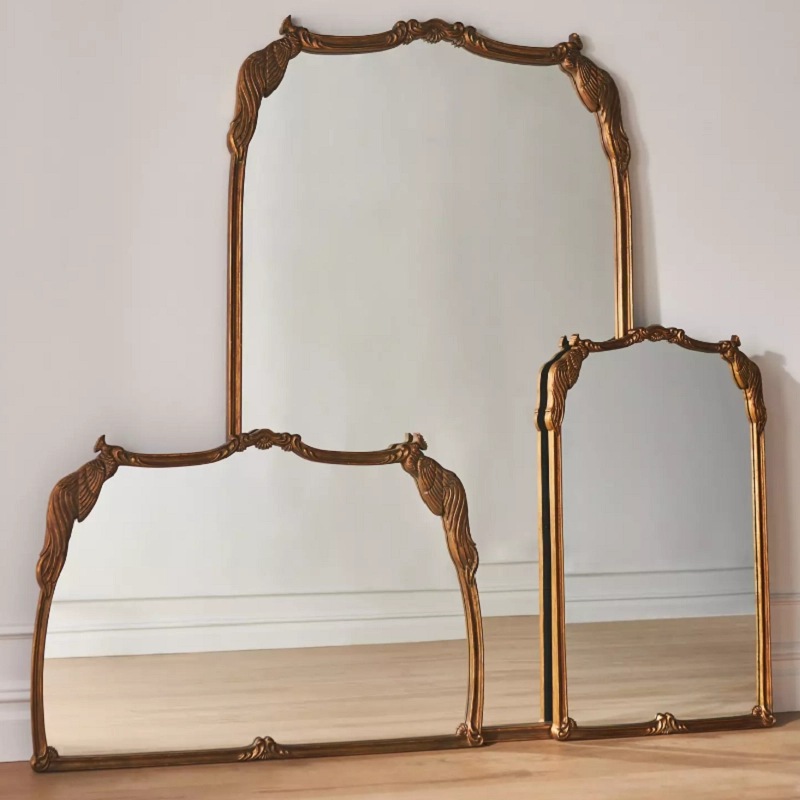
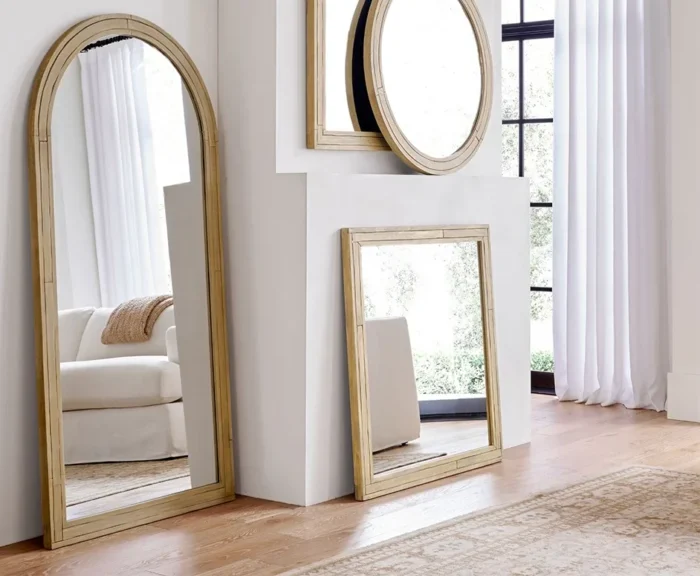
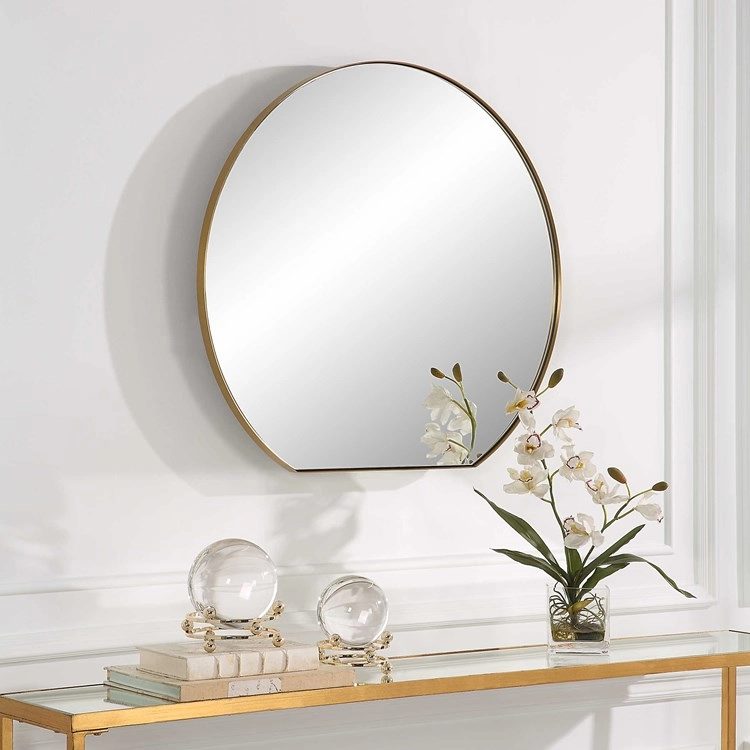
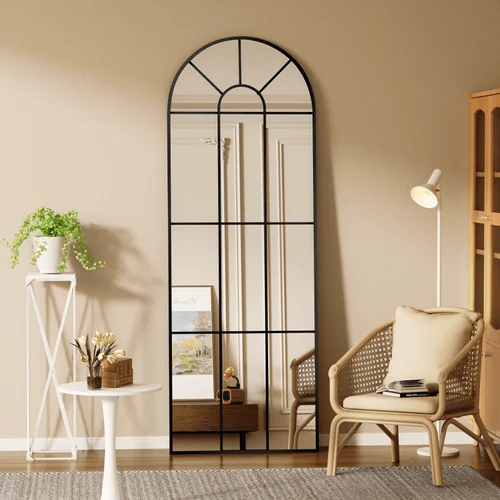
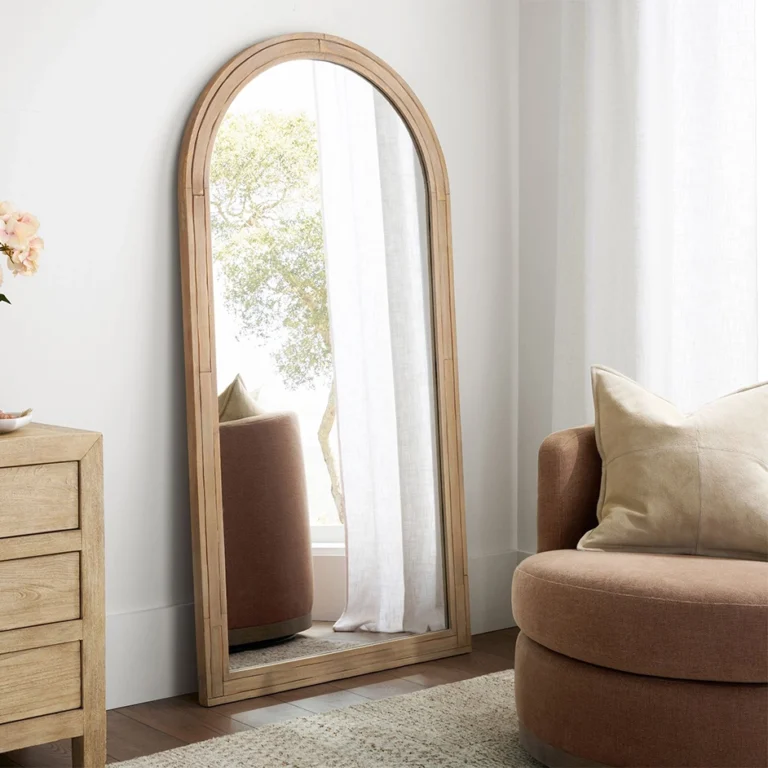
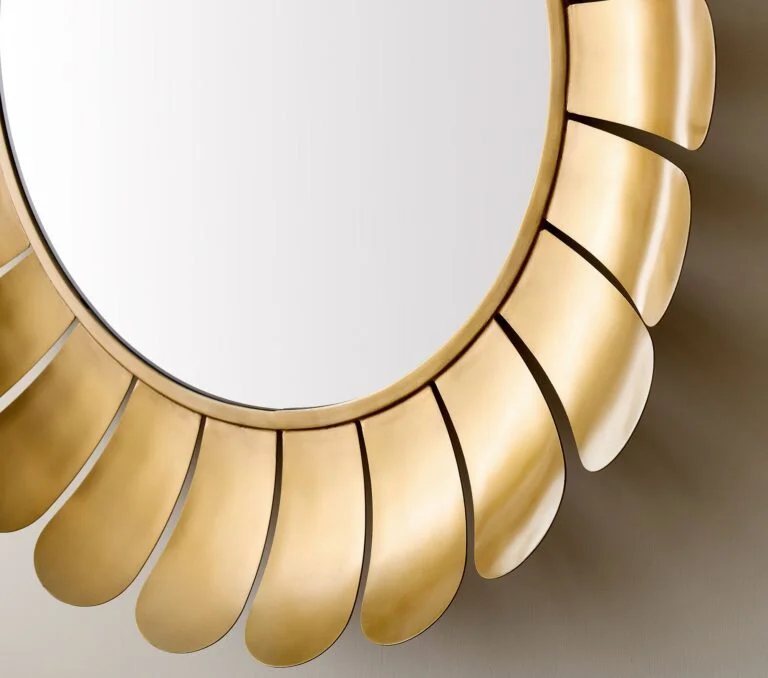
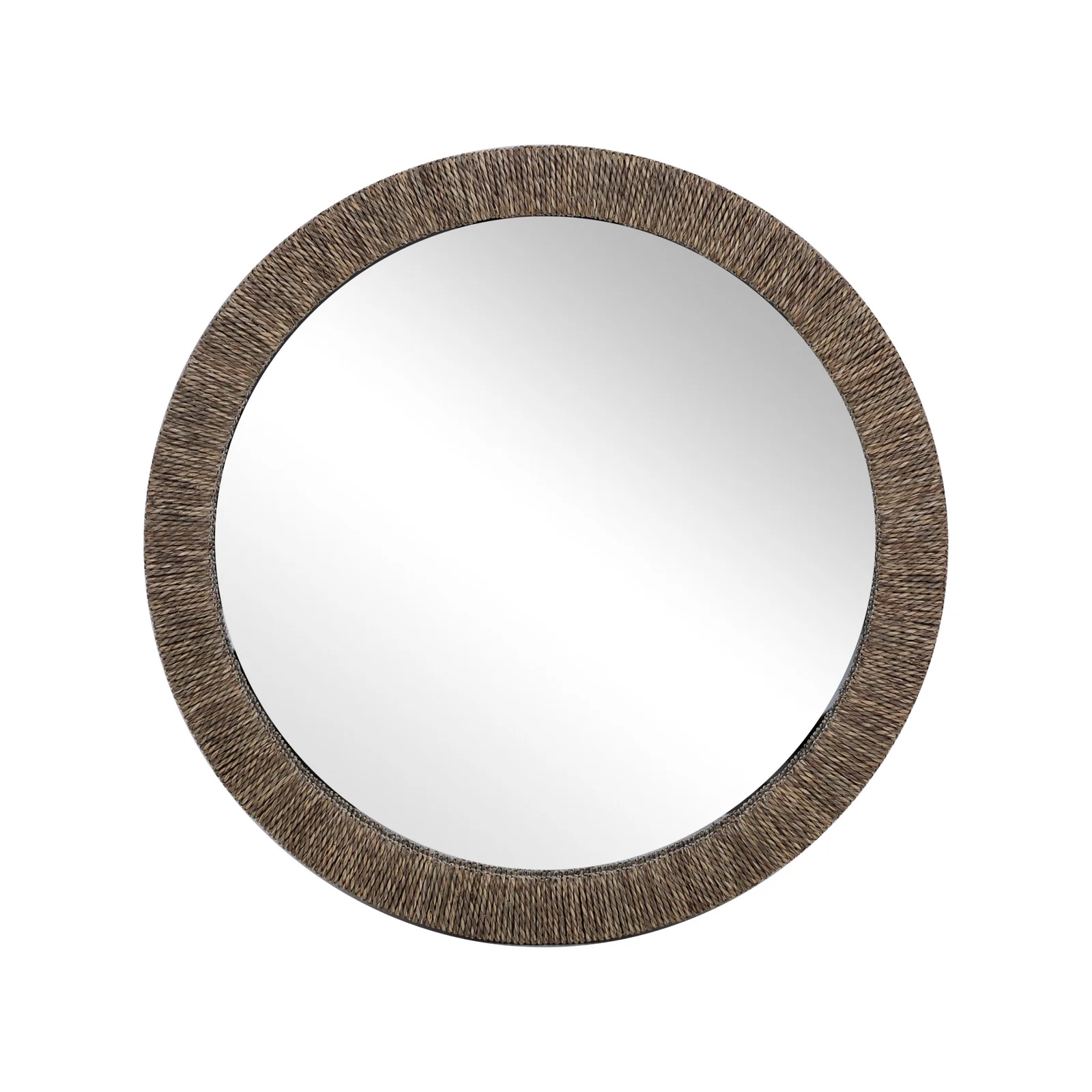
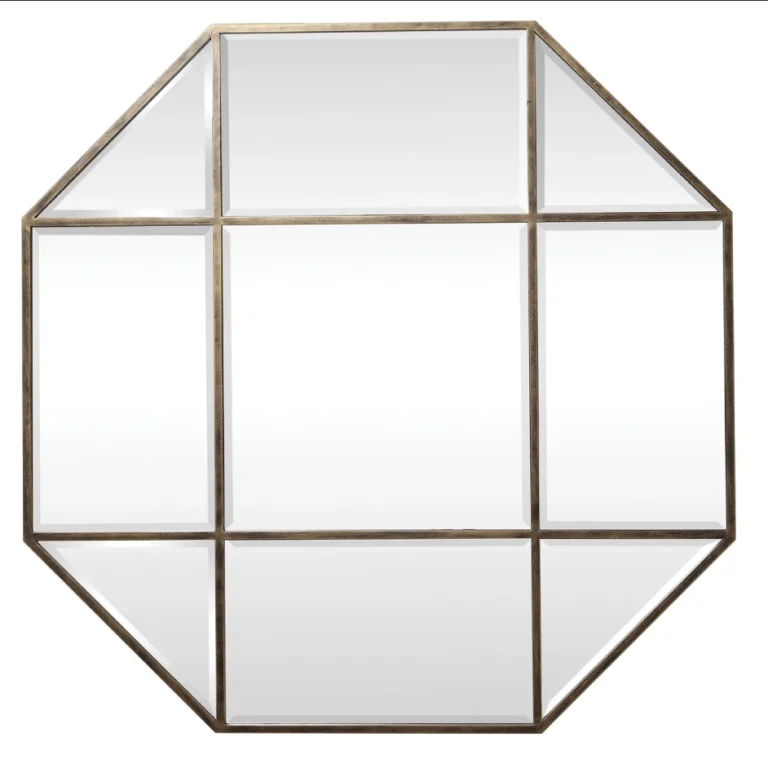

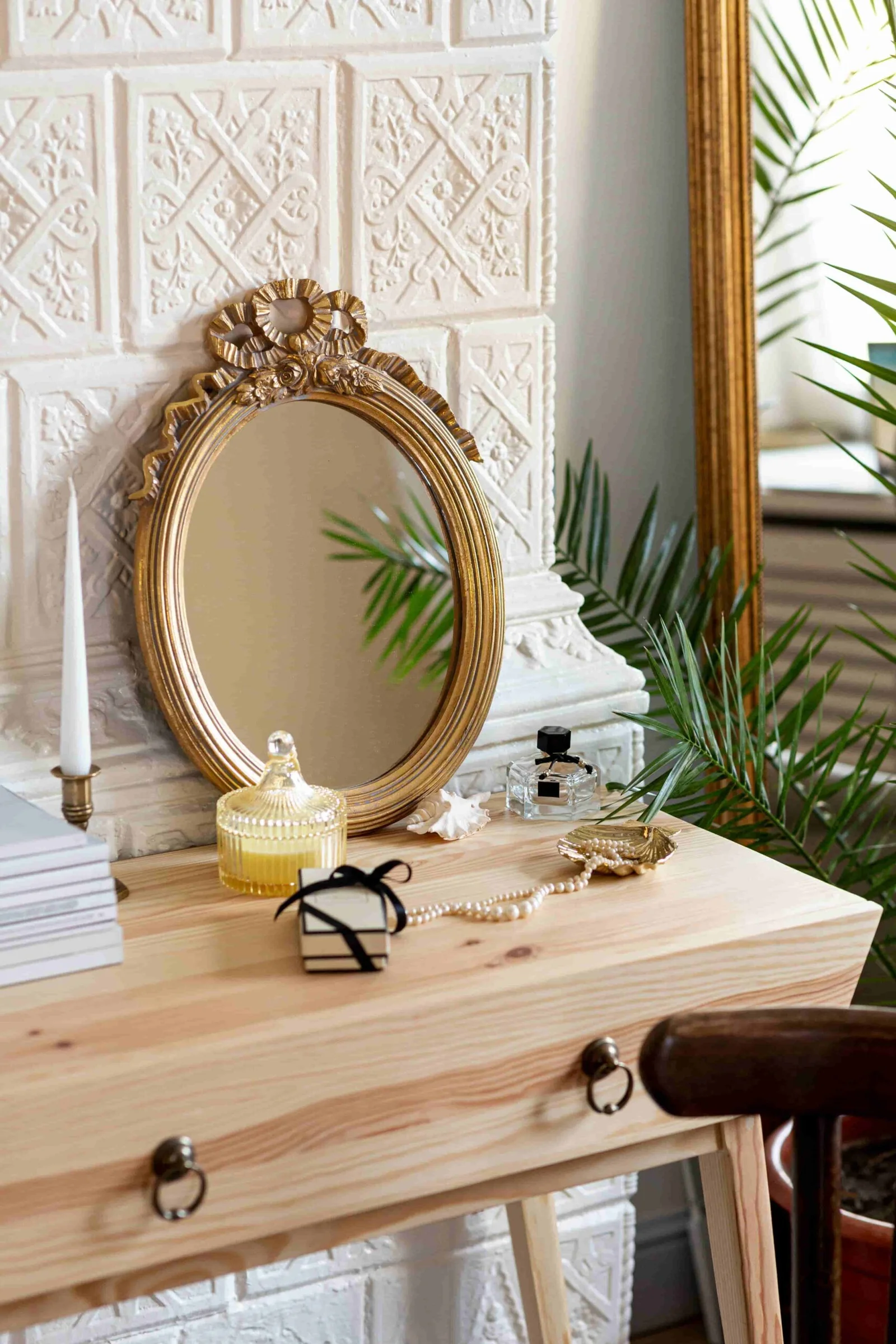

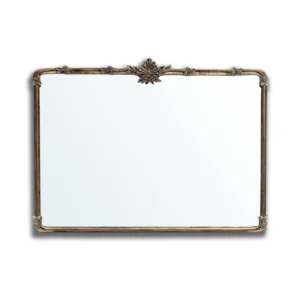
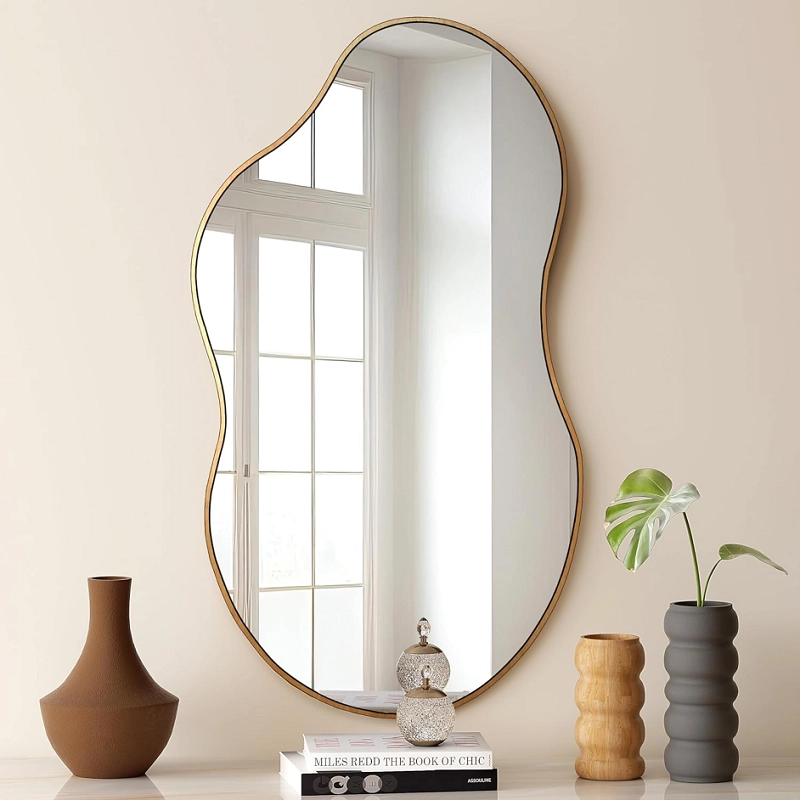
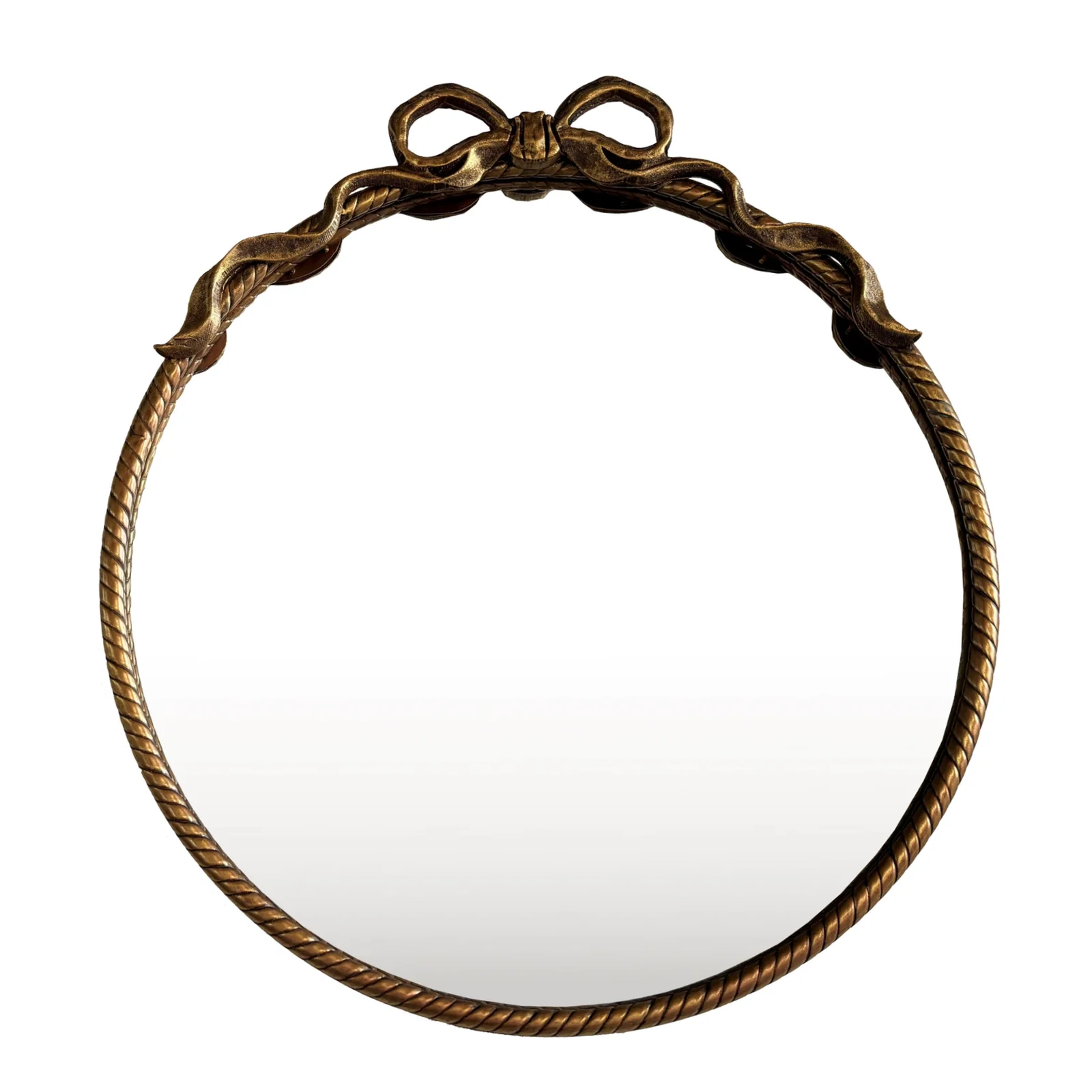
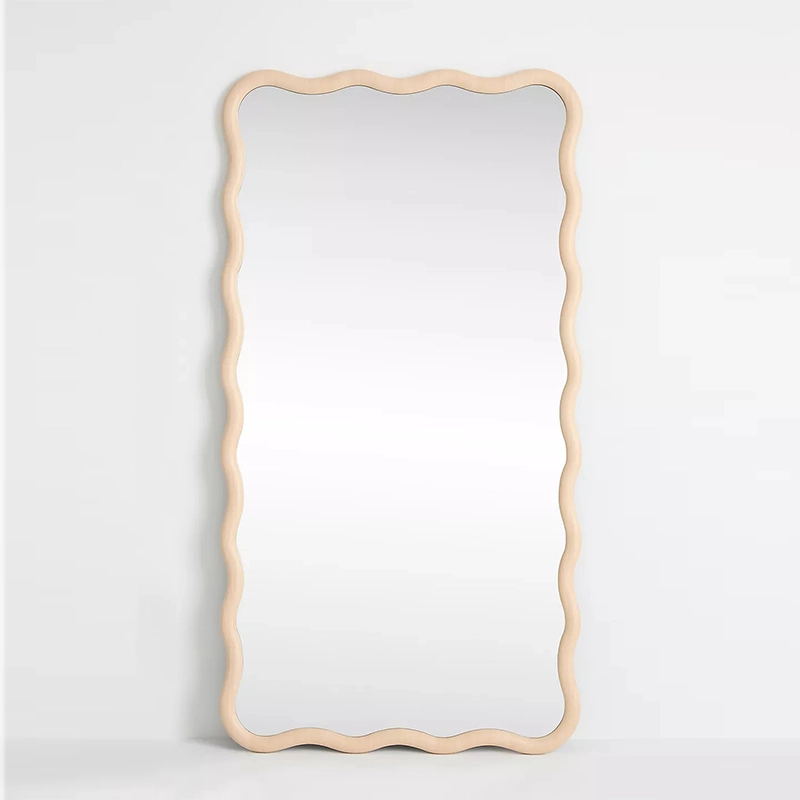
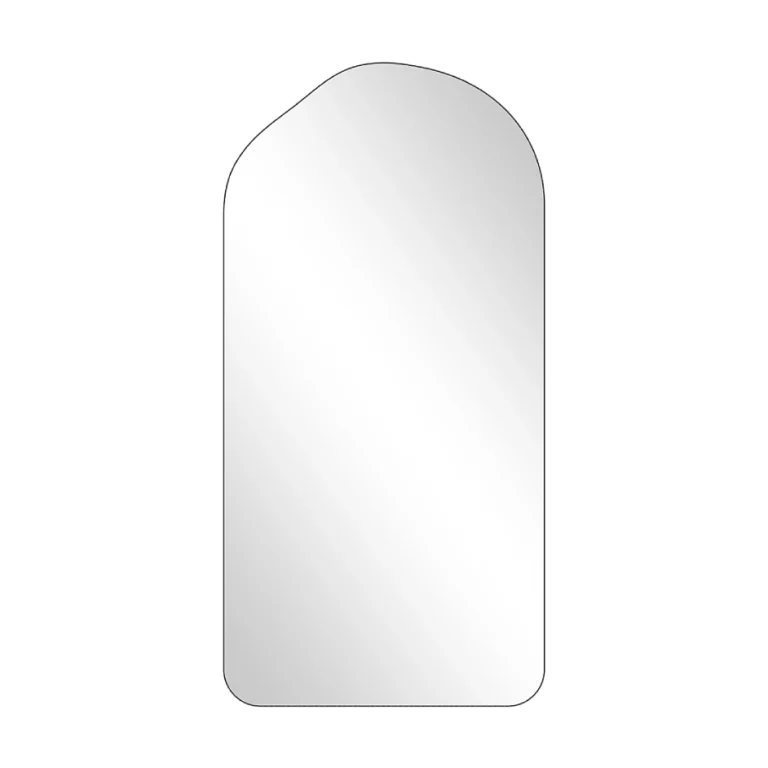
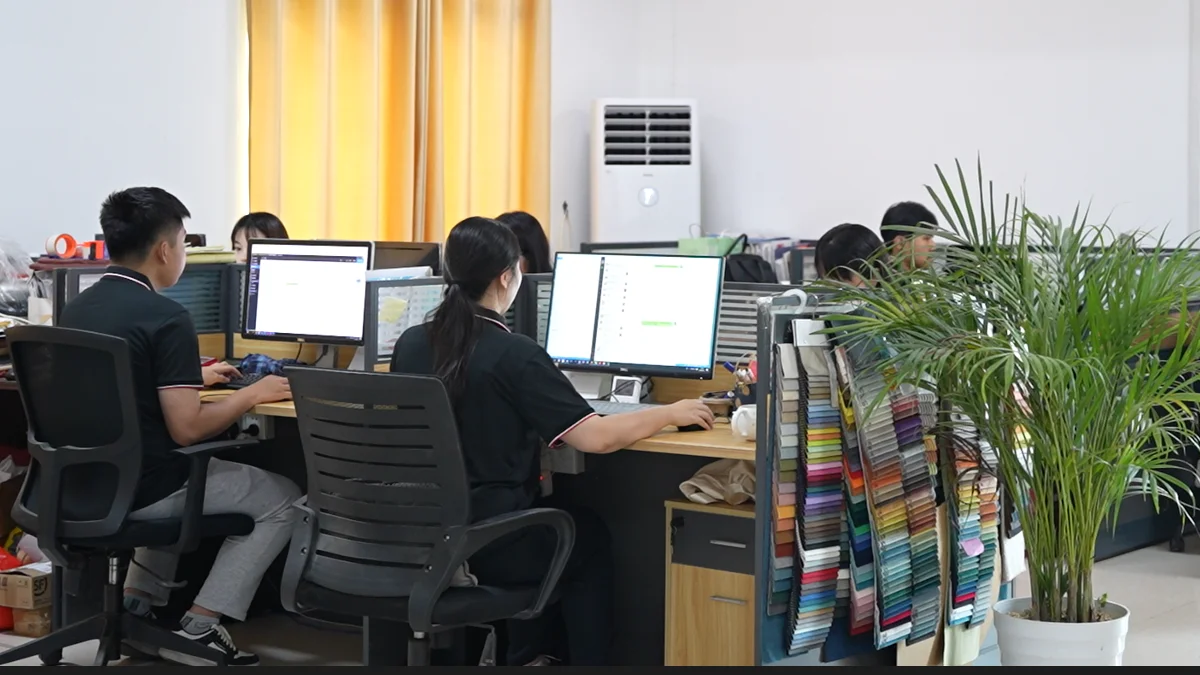
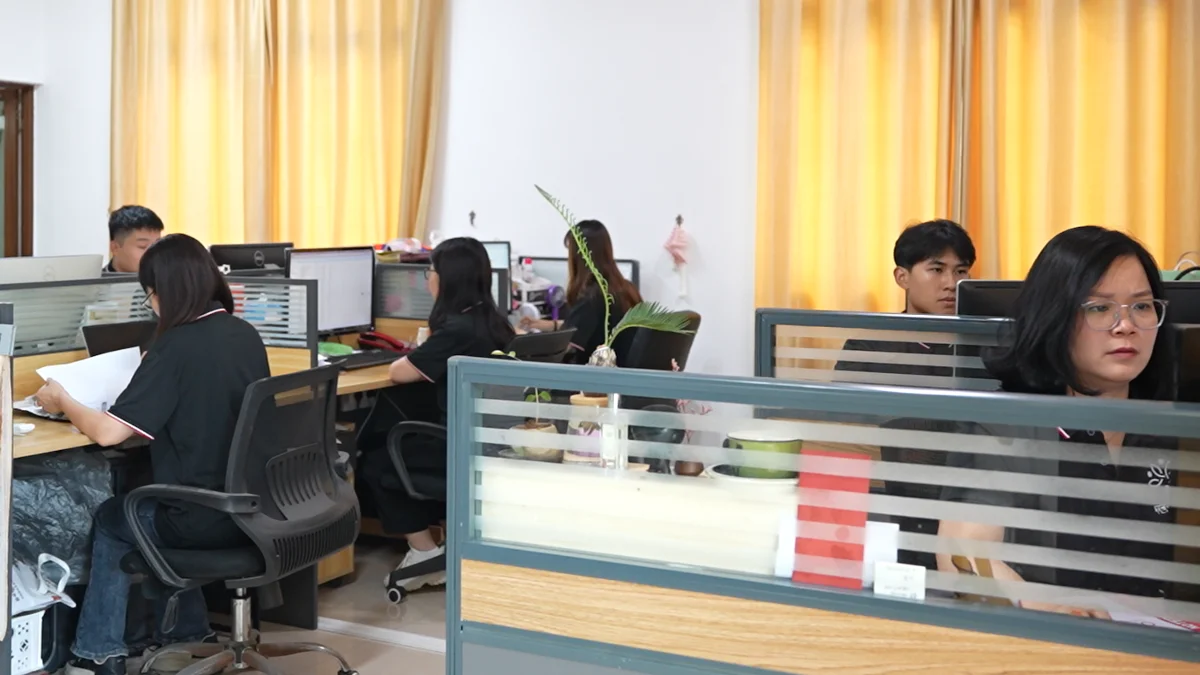
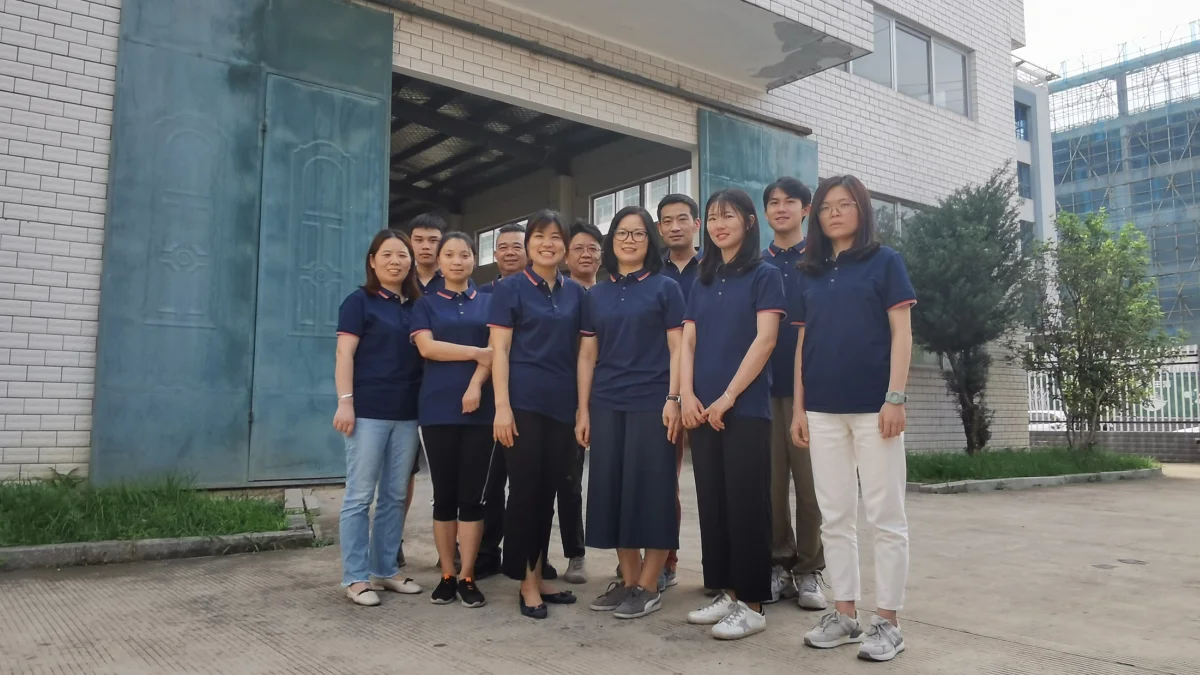
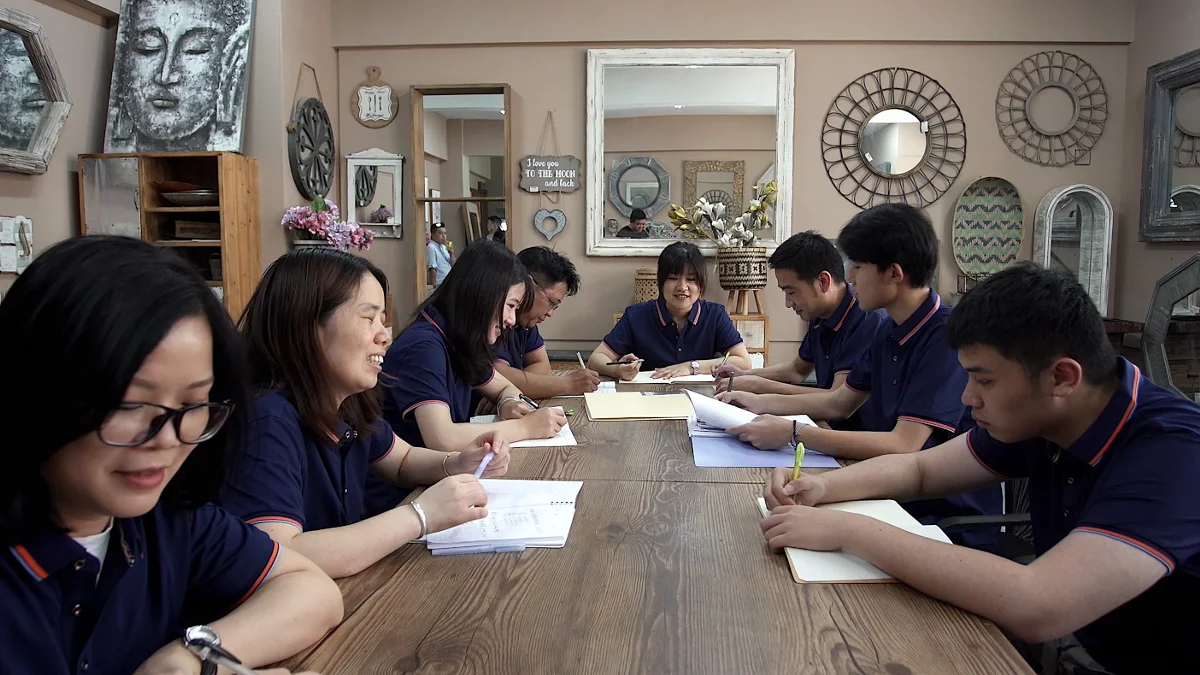
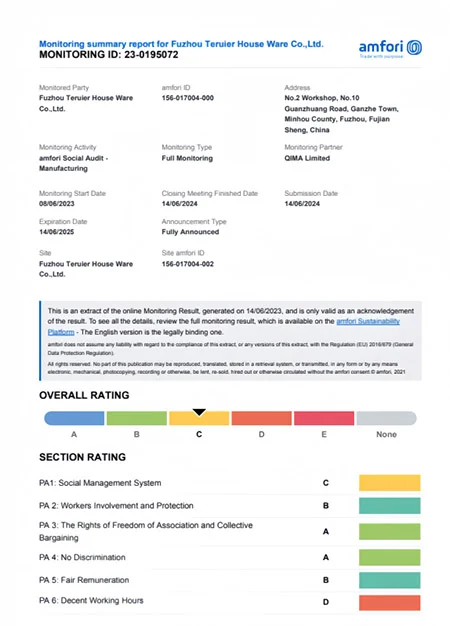
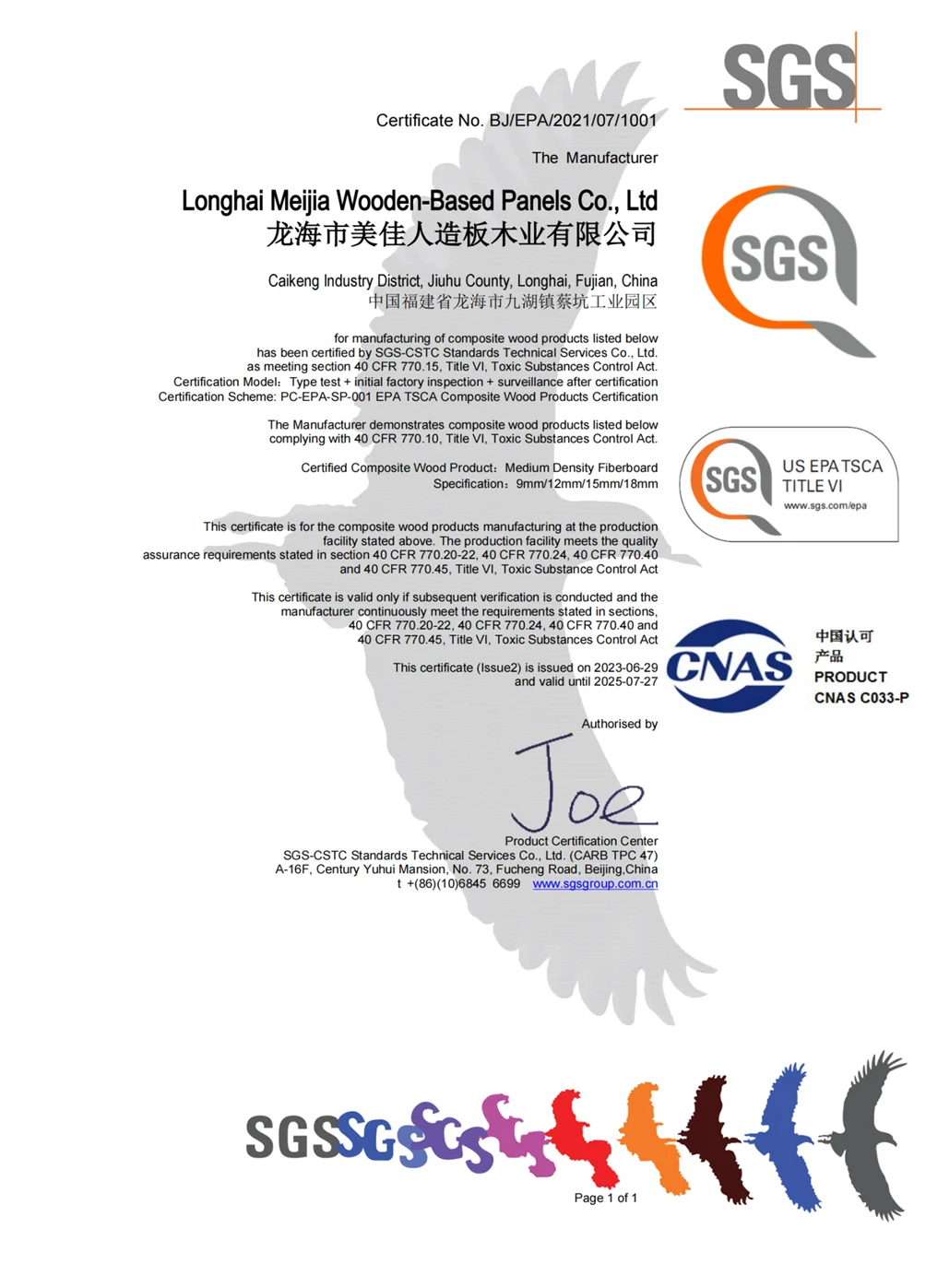

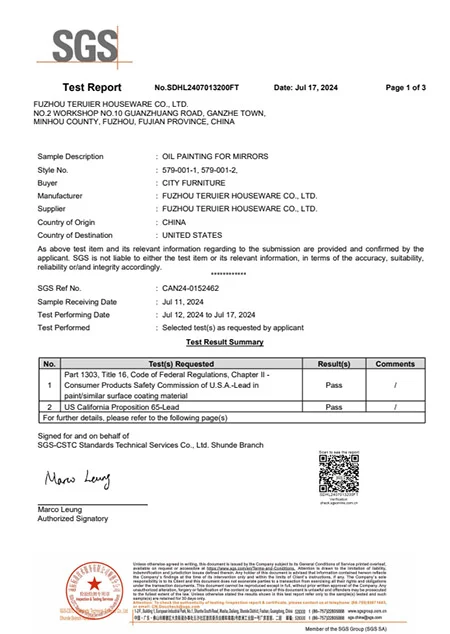
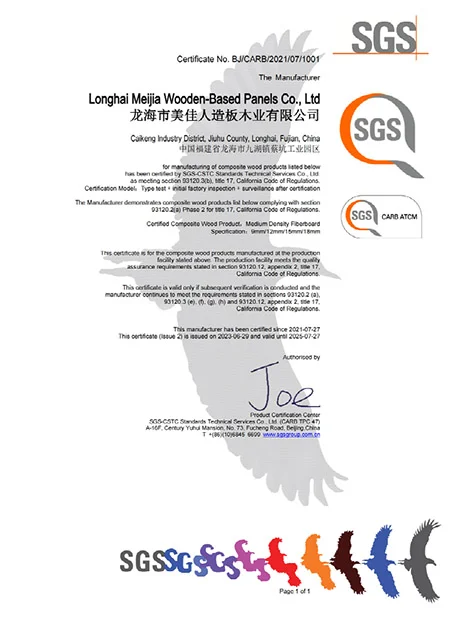
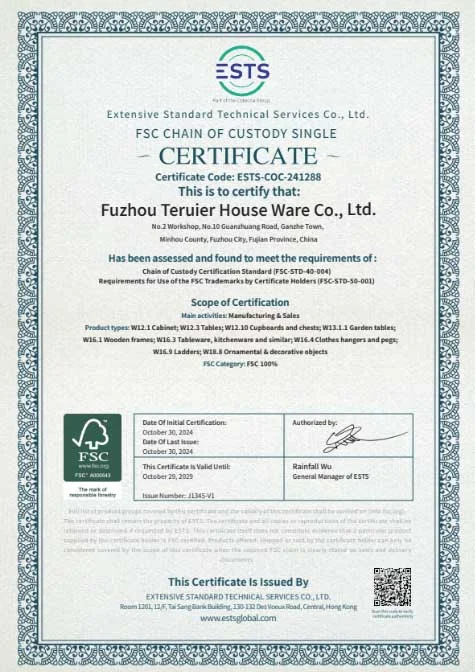
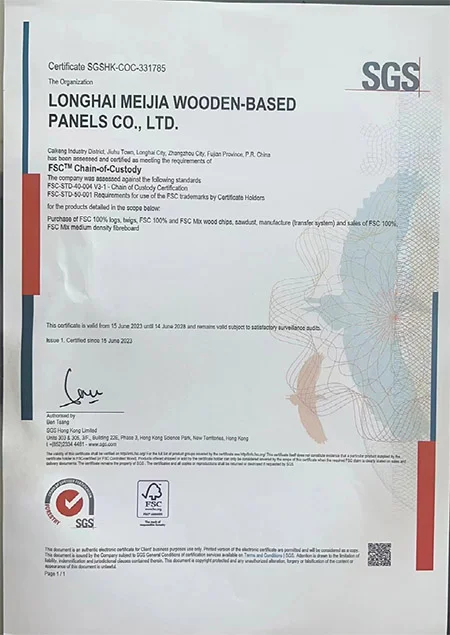
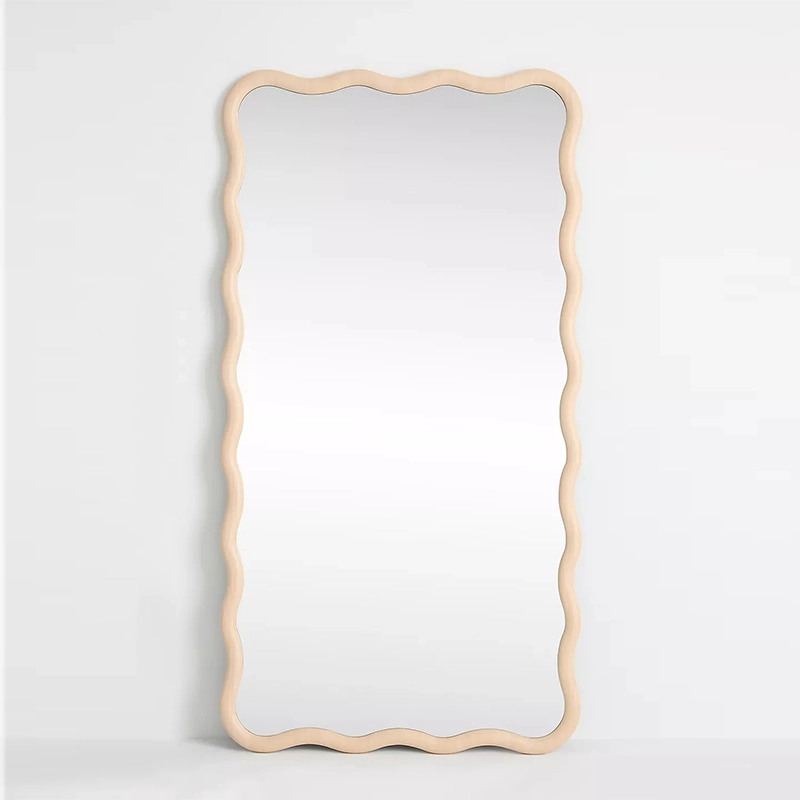

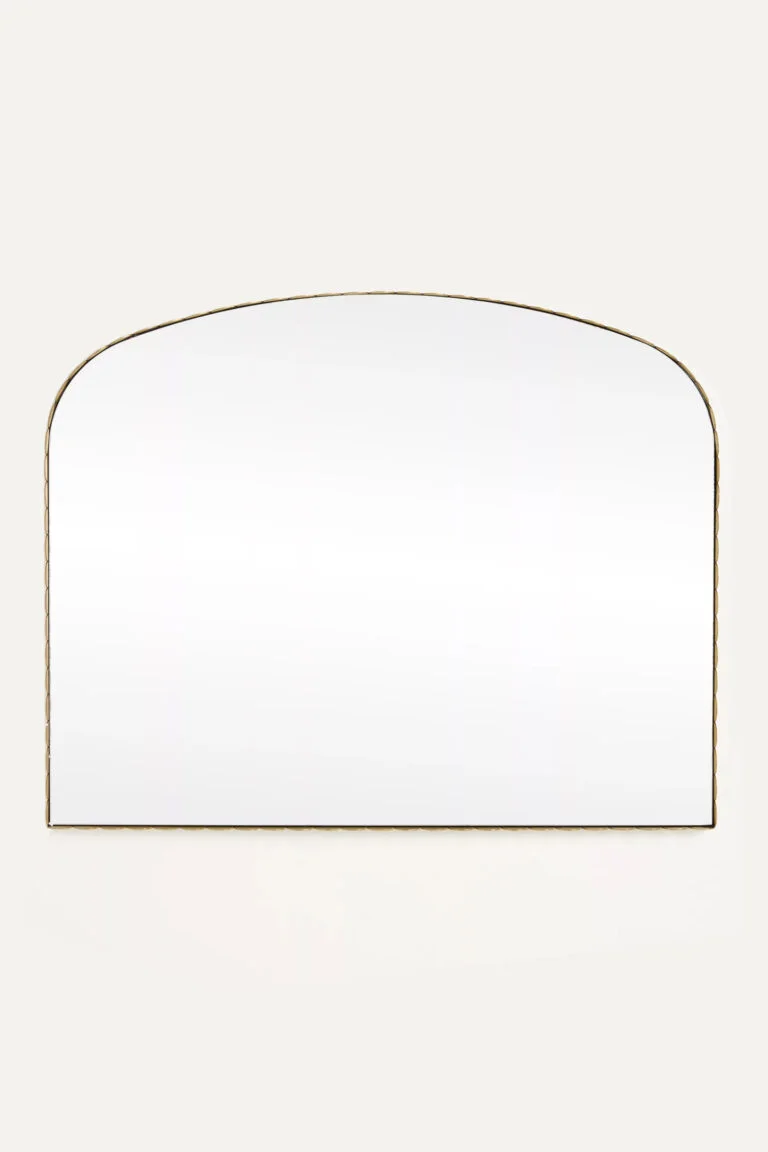
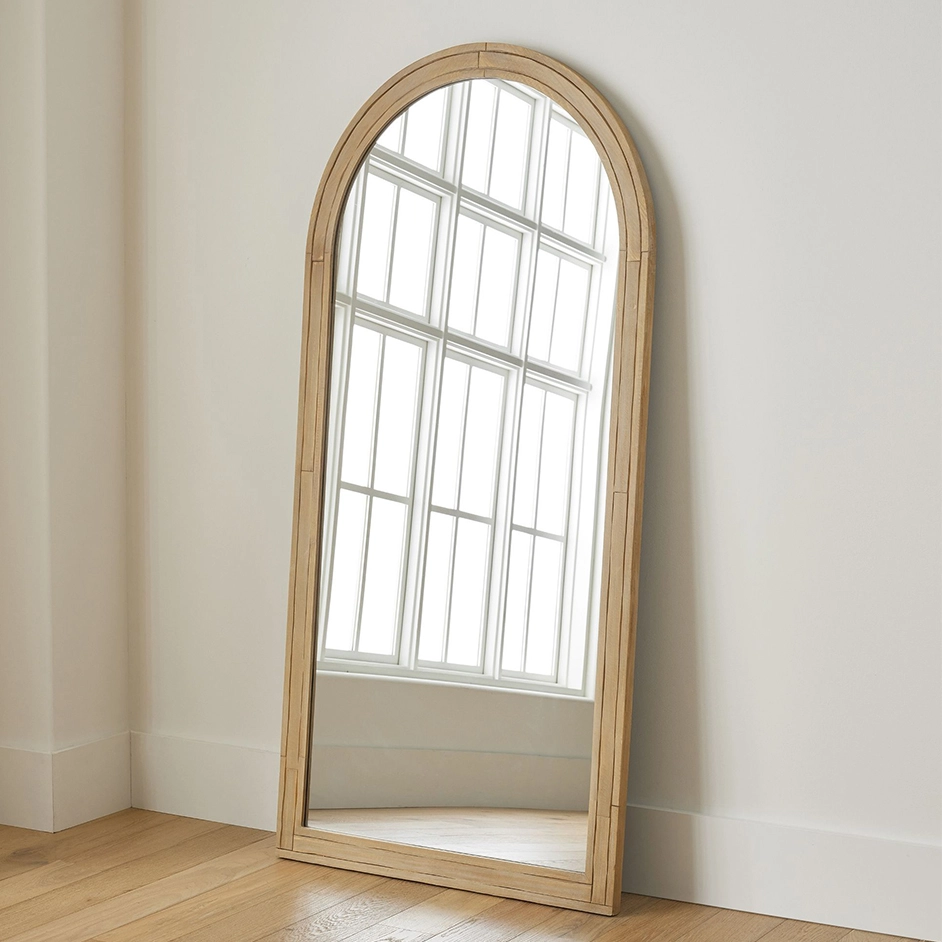
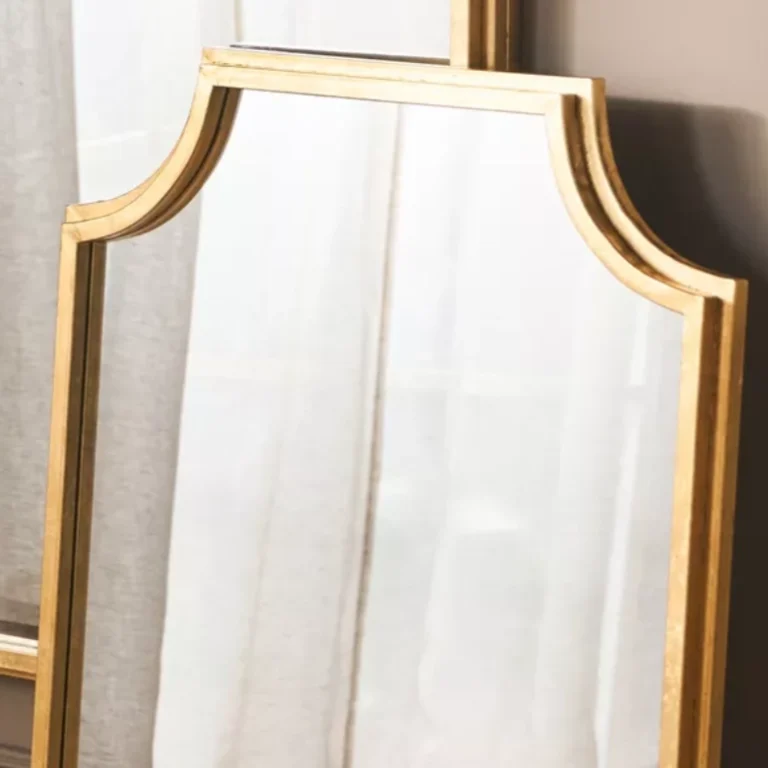

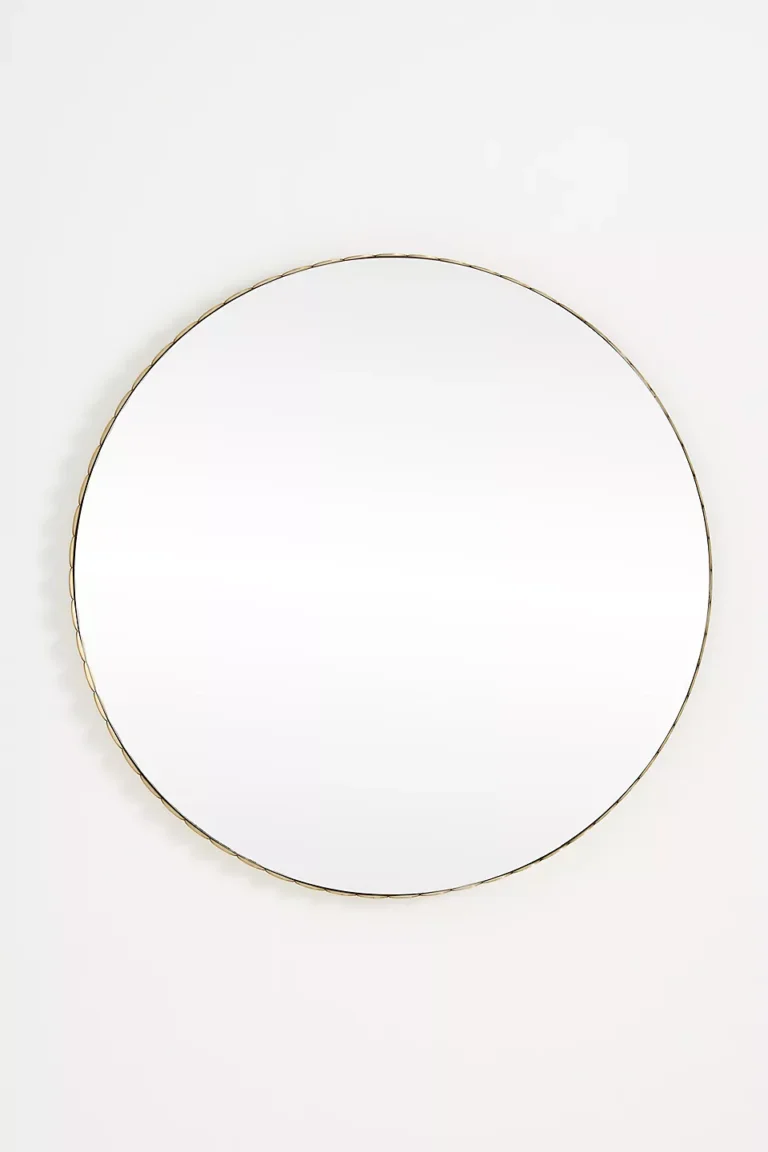
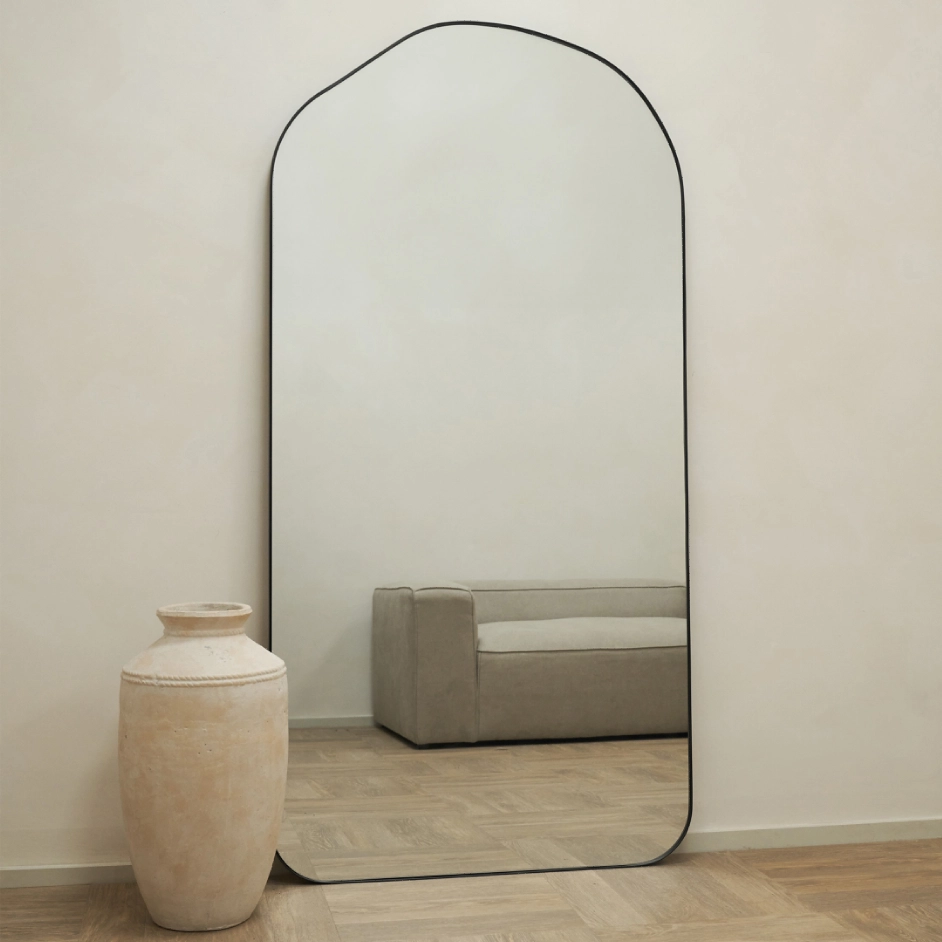
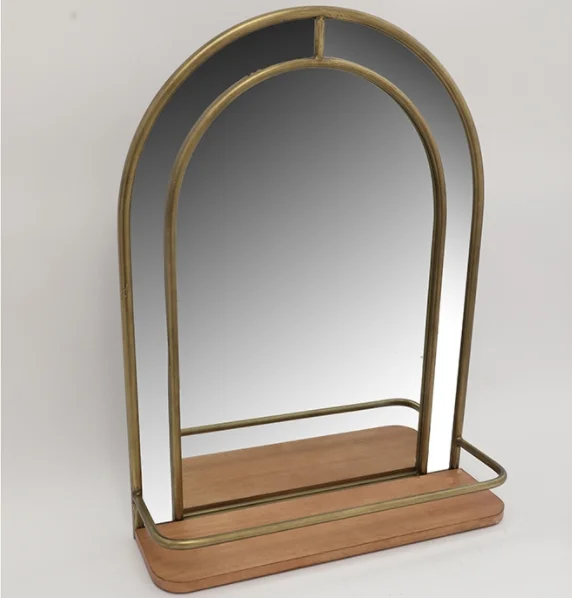
-scaled.jpg)
